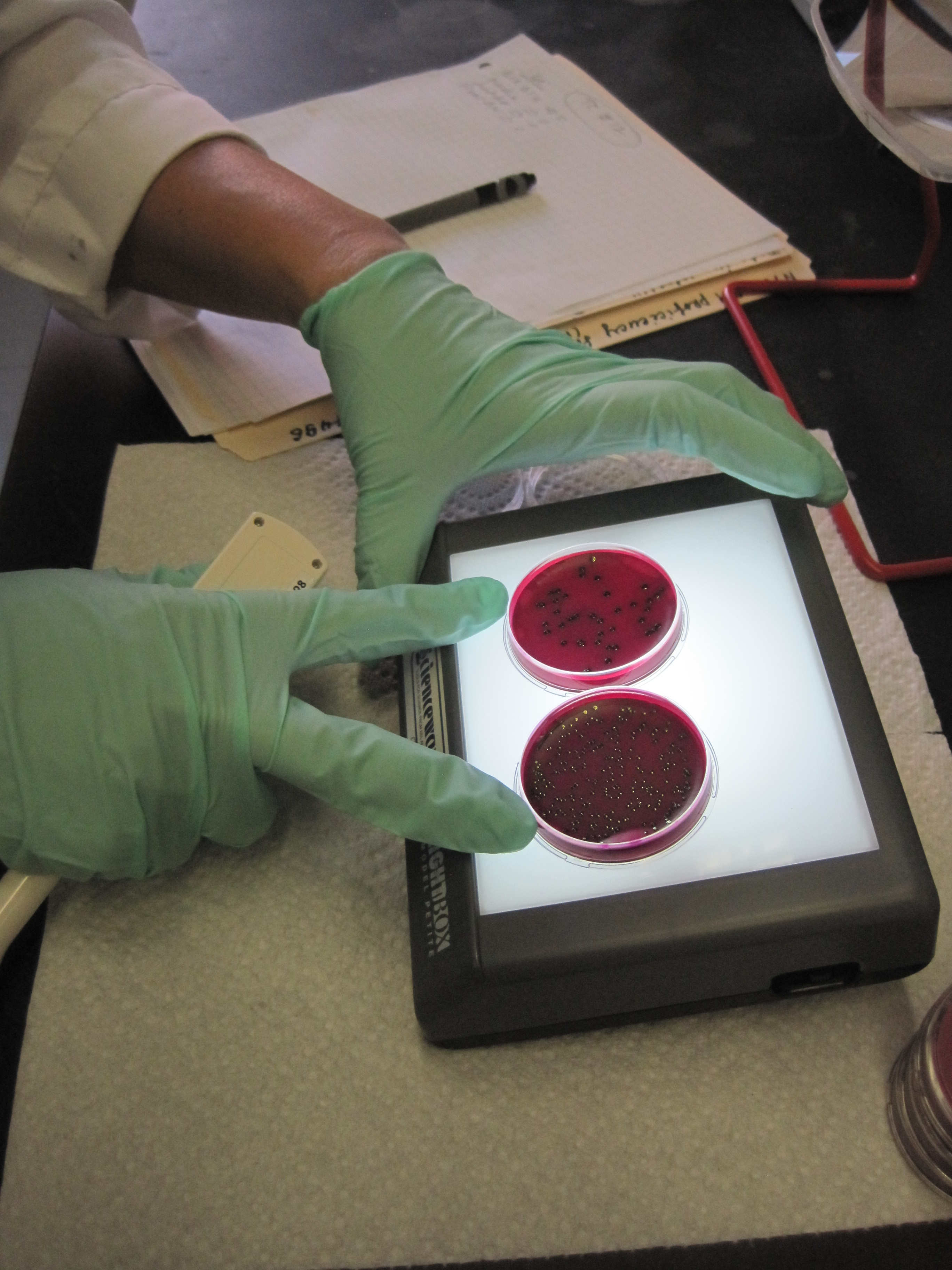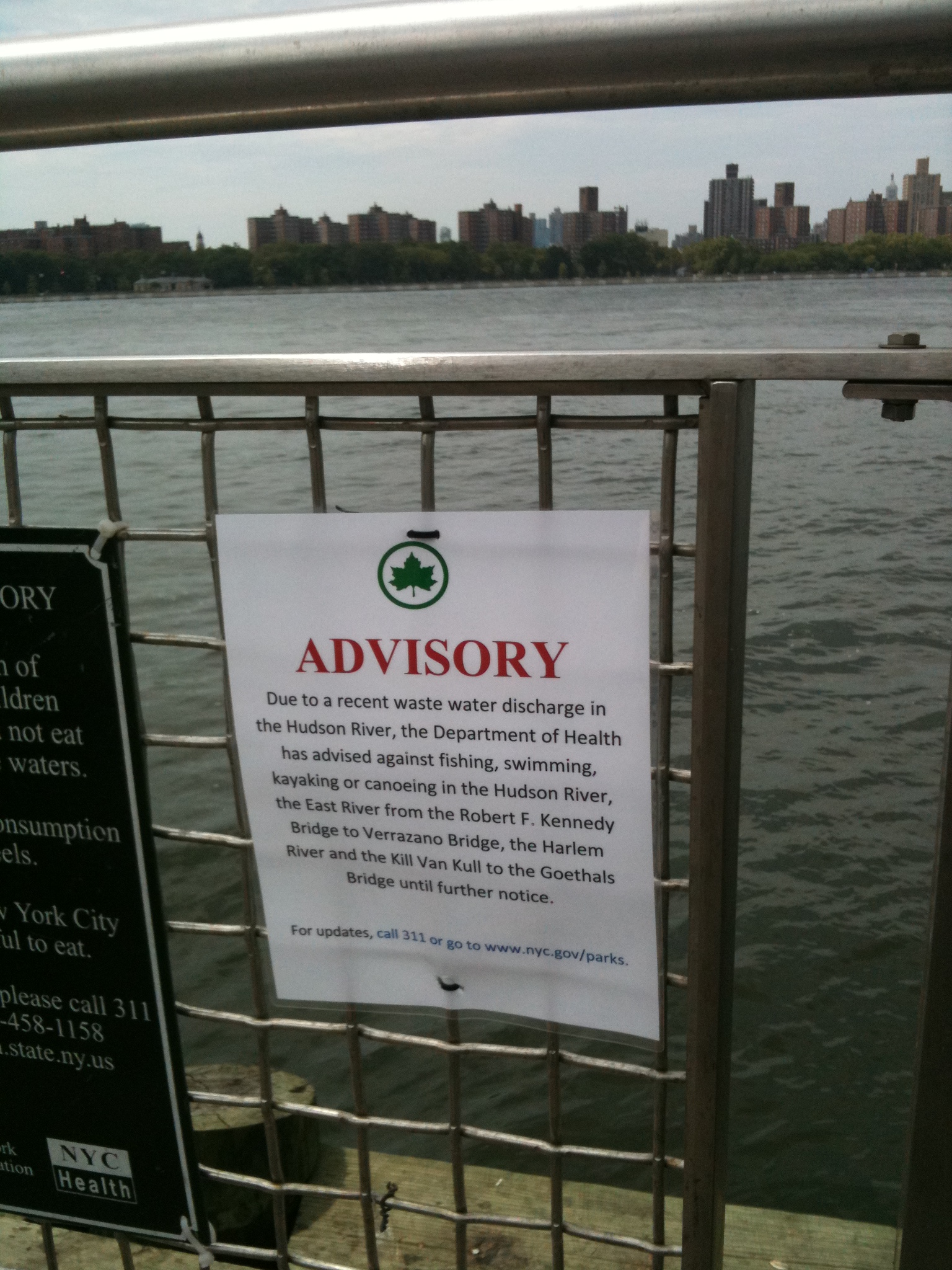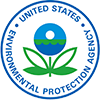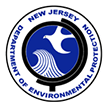
Regulations
The water quality requirements administered by the Commission were originally in the Tri-State Compact. The Commission’s water quality regulations were adopted in 1971 with revisions in 1977 and further amendments in 1984, 1986 and 1997. Water quality regulations, as amended through October 1997, include general and specific requirements and apply to all waters within the Interstate Environmental District.
There are two classes of waters within the Interstate Environmental District: Class A and Class B. Class B is further divided into two subclasses, B-1 and B-2. It is the underlying principle of these regulations that each class and subclass is to be suitable for its best intended uses and that all waters are to be protected, maintained, and improved to the end that they will afford as satisfactory conditions as possible for the maintenance and restoration of the natural ecosystems. All waters should be aesthetic assets and should, at a minimum, be available for those recreational uses which do not bring the human body into direct contact with the water.
Water Quality Regulations
General Requirements
All waters of the Interstate Environmental District (whether of Class A, Class B, or any subclass thereof) shall be of such quality and condition that they will be free from floating solids, settleable solids, oil, grease, sludge deposits, color or turbidity to the extent that none of the foregoing shall be noticeable in the water or deposited along the shore or on aquatic substrata in quantities detrimental to the natural biota; nor shall any of the foregoing be present in quantities that would render the waters in question unsuitable for use in accordance with their respective classifications.
No toxic or deleterious substances shall be present, either alone or in combination with other substances, in such concentrations as to be detrimental to fish or inhibit their natural migration or that will be offensive to humans or which would produce offensive tastes or odors or be unhealthful in biota used for human consumption.
No sewage or other polluting matters shall be discharged, permitted to flow into, be placed in, or permitted to fall or move into the waters of the District, except in conformity with these regulations.

Specific Requirements
Streams and other waterbodies shall have a minimum dissolved oxygen content in accordance with their respective classifications as follows:
Class A: minimum dissolved oxygen content of 5 milligrams per liter
Class B-1: minimum dissolved oxygen content of 4 milligrams per liter
Class B-2: minimum dissolved oxygen content of 3 milligrams per liter
In addition to meeting the dissolved oxygen requirements above, waters shall in all respects be suitable for their best intended uses as follows:
Class A: Suitable for all forms of primary and secondary contact recreation and for fish propagation. In designated areas, they also shall be suitable for shellfish harvesting.
Class B-1: Suitable for fishing and secondary contact recreation. They shall be suitable for the growth and maintenance of fish life and other forms of marine life naturally occurring therein, but may not be suitable for fish propagation.
Class B-2: Suitable for passage of anadromous fish and for the maintenance of fish life in a manner consistent with the criteria established by the general regulations.
For effluents discharged or flowing into District waters, a pH within the range from 6.0 to 9.0 may be required if the receiving waters are outside this range.
For effluents discharged or flowing into District waters, fecal coliform content shall not exceed:
200 per 100 ml on a 30 consecutive day geometric average;
400 per 100 ml on a 7 consecutive day geometric average;
800 per 100 ml on a 6 consecutive hour geometric average;
and no sample may contain more than 2400 per 100 ml.

The only portion of the Interstate Environmental District to which this provision shall not apply at all times is the portion of Hudson River from the New York-New Jersey state line opposite Hastings-on-Hudson to the northerly line of Rockland County on the westerly side and the northerly line of Westchester County on the easterly side. For the aforementioned portion of the District, disinfection requirements shall apply when disinfection is required to protect the best intended uses of the waters in question. For example, in the case of discharge into waters used primarily for bathing, this bacterial standard need not be required except during the bathing season.
For effluents discharged or flowing into District waters, biochemical oxygen demand shall not exceed:
30 mg/l on a 30 consecutive day arithmetic average,
45 mg/l on a 7 consecutive day arithmetic average, and
50 mg/l on a 6 consecutive hour arithmetic average.
Further, all sewage or other polluting matter discharged or permitted to flow into waters of the District shall first have been so treated as to effect a reduction in the oxygen demand of the effluent sufficient to maintain the applicable dissolved oxygen requirement in the waters of the District and also maintain the dissolved oxygen content in the general vicinity of the point of discharge of the sewage or other polluting matter into those waters, at a depth of about five feet below the surface.
For effluents discharged or flowing into waters, total suspended solids content shall not exceed:
30 mg/l on a 30 consecutive day arithmetic average,
45 mg/l on a 7 consecutive day arithmetic average, and
50 mg/l on a 6 consecutive hour arithmetic average.
Effluents shall contain no floating solids.
All wastes shall be of a character that will not violate or cause violation of the general requirements.
Applicable to industrial effluents, any contaminants taken into the discharger’s plant or process from the waters of the Interstate Environmental District shall not be charged against the effluent quality in computing the values for compliance with these regulations.

An effluent discharge which does not satisfy the requirements of the Commission shall not be considered to be in violation thereof if caused by temporary excess flows due to storm water conveyed to treatment plants through combined sewer systems, provided that the discharger is operating the facility with reasonable care, maintenance, and efficiency and has acted and continues to act with due diligence and speed to correct the condition resulting from the storm water flow. Unless there has been rainfall in greater than trace amounts or significant melting of frozen precipitation during the immediately preceding 24 hours, no discharges to the waters of the Interstate Environmental District shall occur from combined sewer regulating devices.



